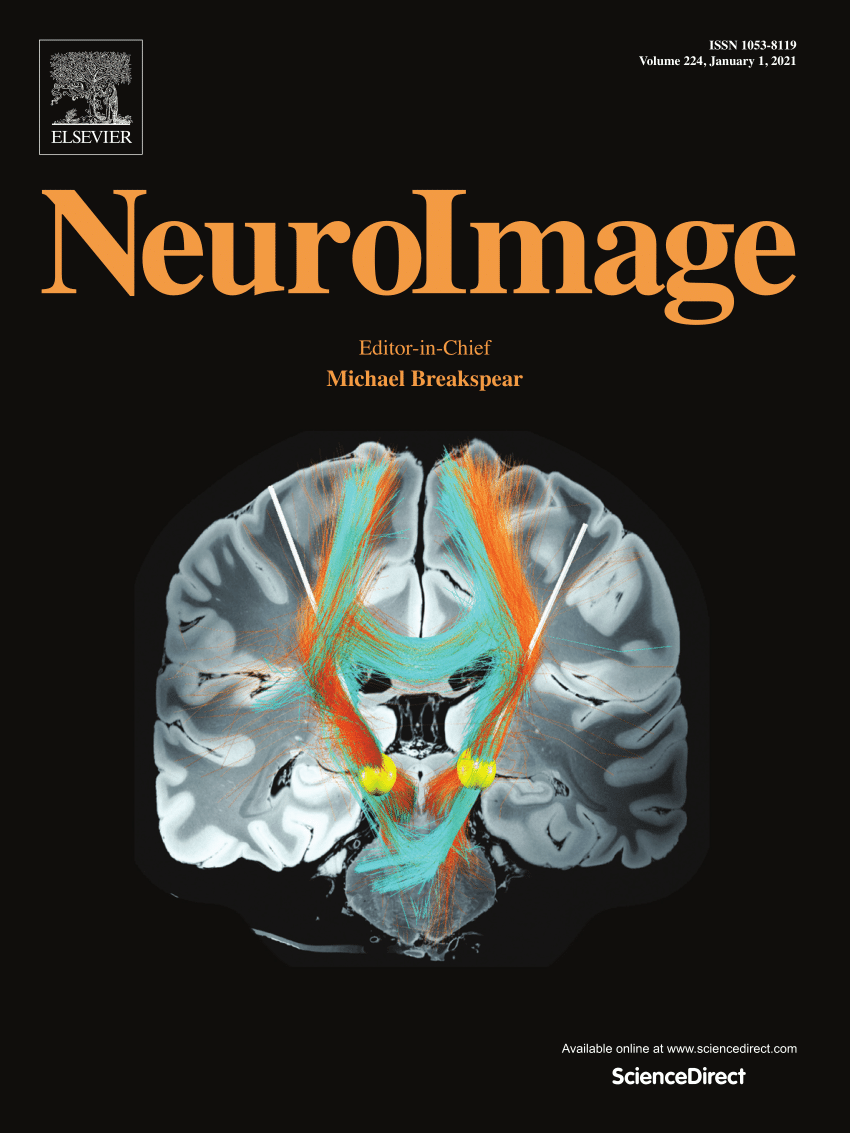Boosting forward connectivity between primary visual and body selective cortex reduces interference between sex and emotion judgements of bodies
IF 4.7
2区 医学
Q1 NEUROIMAGING
引用次数: 0
Abstract
We effortlessly categorise other people along socially relevant categories such as sex, age, and emotion. A core question in social vision relates to whether we perceive these categories independently or in relation to each other. Here, we investigated categorisation of sex and emotion from the body, finding that participants generally fail to fully ignore task-irrelevant variations of sex while judging body emotional expressions. In contrast, sex categorisation was unaffected by variations in emotional expression. This asymmetric interaction between sex and emotion may arise because of bottom-up visual processing, due to partially shared visual features used for both judgments, or because of top-down, categorical associations between sex and emotion categories. To disentangle these possibilities, we used cortico-cortical paired associative stimulation (ccPAS) to modulate the connectivity between primary visual cortex and the extrastriate body area. We posited that boosting forward connectivity between these regions would increase efficiency of feature-based processing, while boosting feedback connectivity would enhance the separability of semantic categories related to sex and emotion. We found that boosting forward connectivity eliminated the interference of sex on emotion judgments, while that interference remained unaffected with modulation of feedback connectivity. These findings suggest that interactions between sex and emotion in body perception emerge during the perceptual analysis of the stimuli, and add to our understanding of person perception and social categorization.
求助全文
约1分钟内获得全文
求助全文
来源期刊

NeuroImage
医学-核医学
CiteScore
11.30
自引率
10.50%
发文量
809
审稿时长
63 days
期刊介绍:
NeuroImage, a Journal of Brain Function provides a vehicle for communicating important advances in acquiring, analyzing, and modelling neuroimaging data and in applying these techniques to the study of structure-function and brain-behavior relationships. Though the emphasis is on the macroscopic level of human brain organization, meso-and microscopic neuroimaging across all species will be considered if informative for understanding the aforementioned relationships.
 求助内容:
求助内容: 应助结果提醒方式:
应助结果提醒方式:


